Saeed Sharifian
Intelligent Service Selection in a Multi-dimensional Environment of Cloud Providers for IoT stream Data through cloudlets
Aug 14, 2020
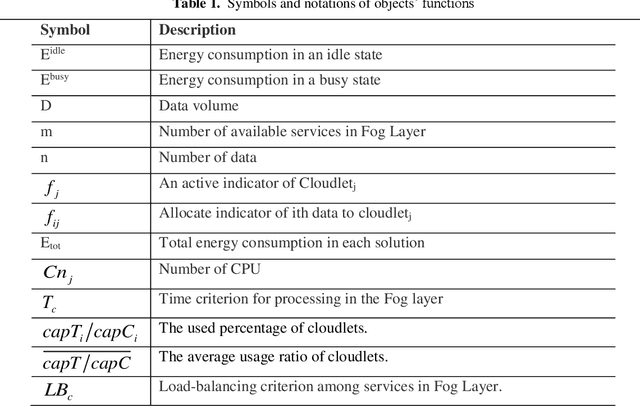
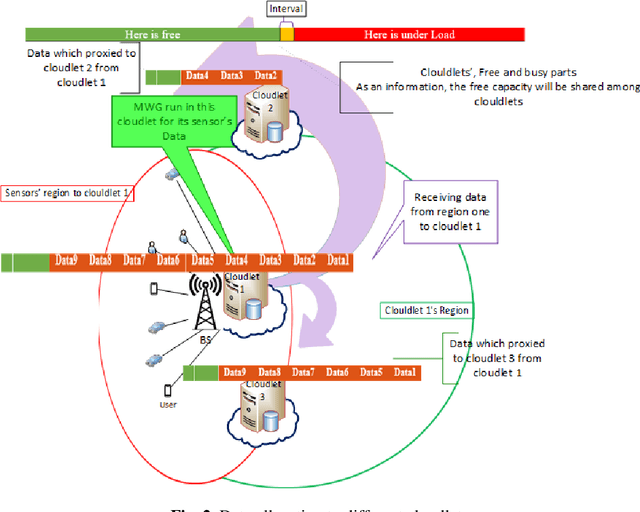
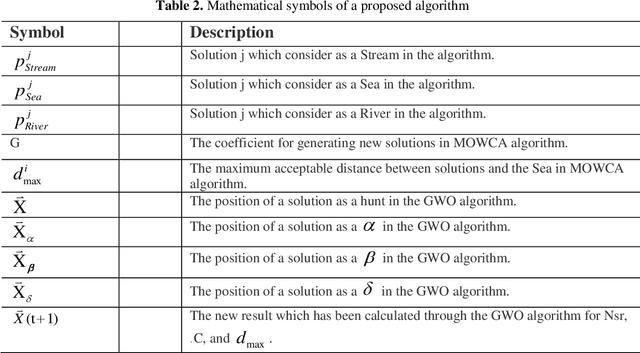
Abstract:The expansion of the Internet of Things(IoT) services and a huge amount of data generated by different sensors, signify the importance of cloud computing services like Storage as a Service more than ever. IoT traffic imposes such extra constraints on the cloud storage service as sensor data preprocessing capability and load-balancing between data centers and servers in each data center. Also, it should be allegiant to the Quality of Service (QoS). The hybrid MWG algorithm has been proposed in this work, which considers different objectives such as energy, processing time, transmission time, and load balancing in both Fog and Cloud Layer. The MATLAB script is used to simulate and implement our algorithms, and services of different servers, e.g. Amazon, Dropbox, Google Drive, etc. have been considered. The MWG has 7%, 13%, and 25% improvement in comparison with MOWCA, KGA, and NSGAII in metric of spacing, respectively. Moreover, the MWG has 4%, 4.7%, and 7.3% optimization in metric of quality in comparison to MOWCA, KGA, and NSGAII, respectively. The overall optimization shows that the MWG algorithm has 7.8%, 17%, and 21.6% better performance in comparison with MOWCA, KGA, and NSGAII in the obtained best result by considering different objectives, respectively.
SensorDrop: A Reinforcement Learning Framework for Communication Overhead Reduction on the Edge
Oct 03, 2019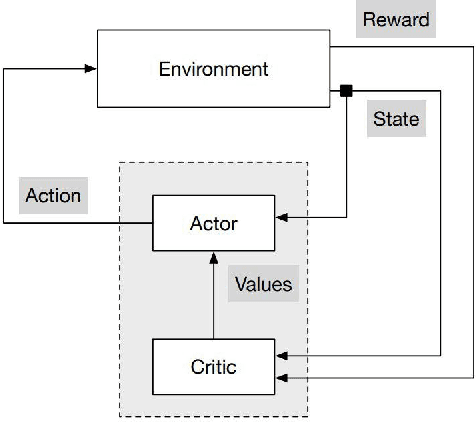
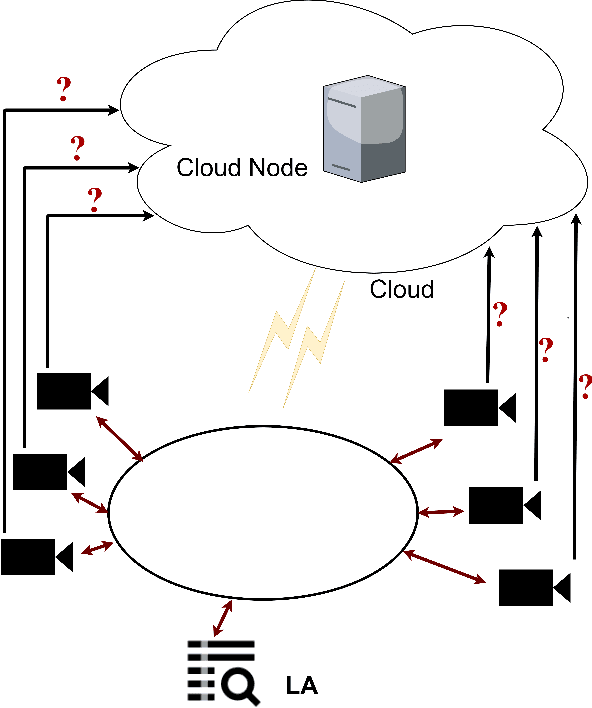
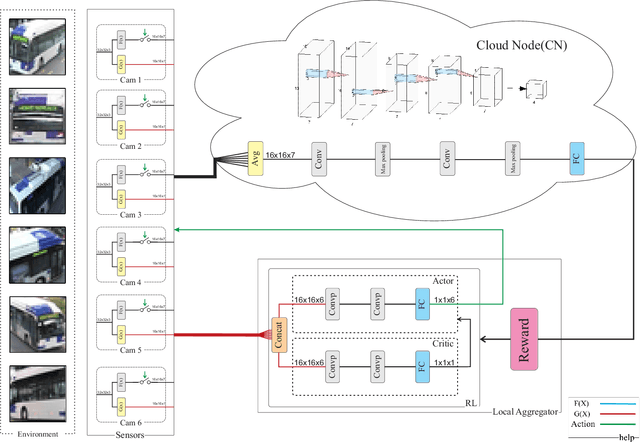
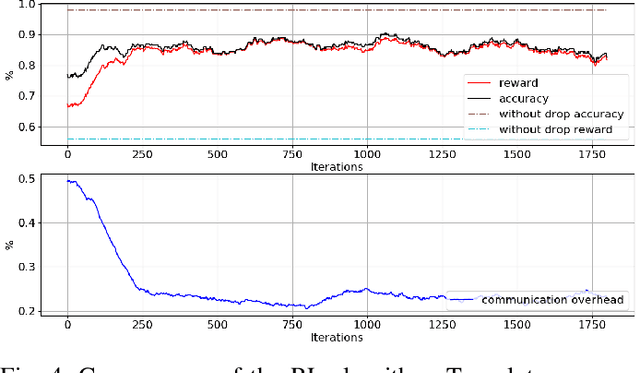
Abstract:In IoT solutions, it is usually desirable to collect data from a large number of distributed IoT sensors at a central node in the cloud for further processing. One of the main design challenges of such solutions is the high communication overhead between the sensors and the central node (especially for multimedia data). In this paper, we aim to reduce the communication overhead and propose a method that is able to determine which sensors should send their data to the central node and which to drop data. The idea is that some sensors may have data which are correlated with others and some may have data that are not essential for the operation to be performed at the central node. As such decisions are application dependent and may change over time, they should be learned during the operation of the system, for that we propose a method based on Advantage Actor-Critic (A2C) reinforcement learning which gradually learns which sensor's data is cost-effective to be sent to the central node. The proposed approach has been evaluated on a multi-view multi-camera dataset, and we observe a significant reduction in communication overhead with marginal degradation in object classification accuracy.
Tree-Based Optimization: A Meta-Algorithm for Metaheuristic Optimization
Sep 25, 2018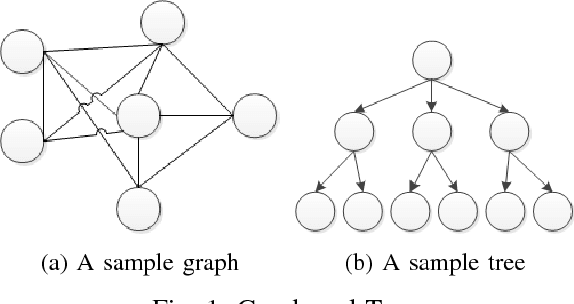
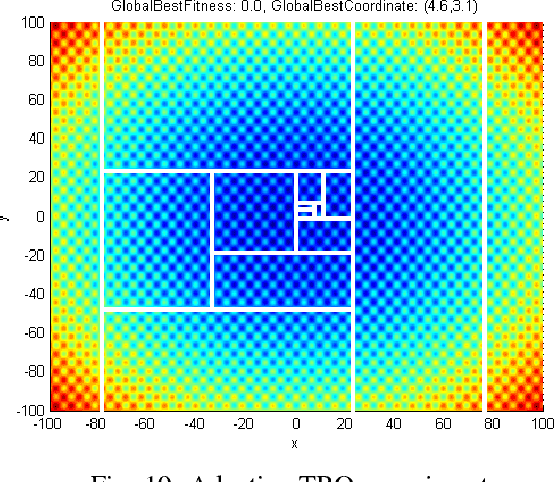
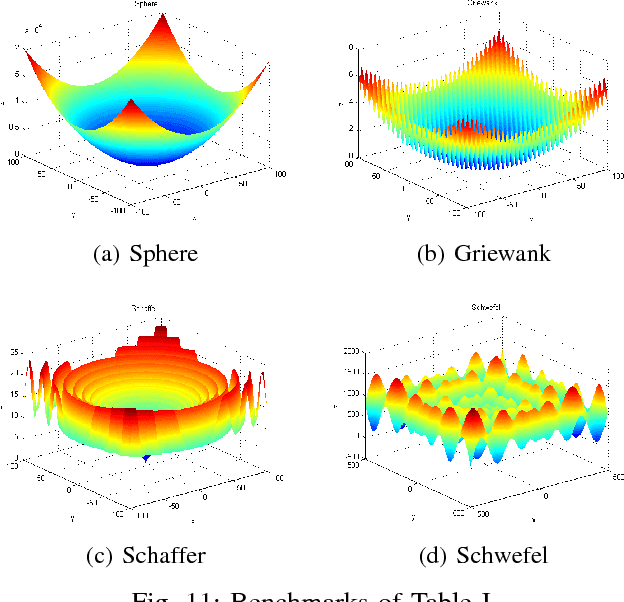
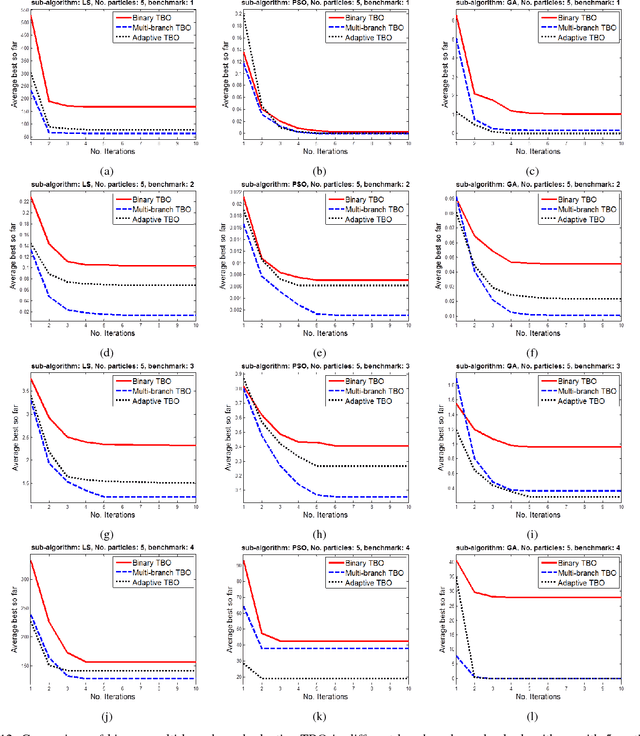
Abstract:Designing search algorithms for finding global optima is one of the most active research fields, recently. These algorithms consist of two main categories, i.e., classic mathematical and metaheuristic algorithms. This article proposes a meta-algorithm, Tree-Based Optimization (TBO), which uses other heuristic optimizers as its sub-algorithms in order to improve the performance of search. The proposed algorithm is based on mathematical tree subject and improves performance and speed of search by iteratively removing parts of the search space having low fitness, in order to minimize and purify the search space. The experimental results on several well-known benchmarks show the outperforming performance of TBO algorithm in finding the global solution. Experiments on high dimensional search spaces show significantly better performance when using the TBO algorithm. The proposed algorithm improves the search algorithms in both accuracy and speed aspects, especially for high dimensional searching such as in VLSI CAD tools for Integrated Circuit (IC) design.
Pontogammarus Maeoticus Swarm Optimization: A Metaheuristic Optimization Algorithm
Jul 05, 2018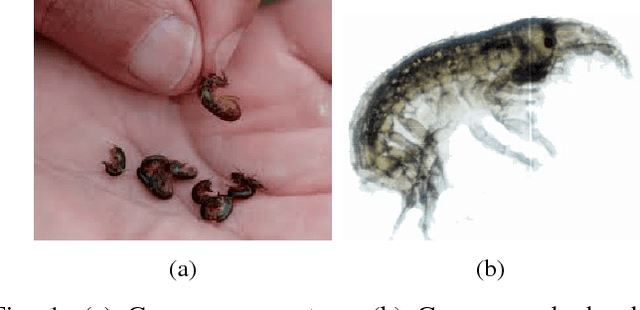
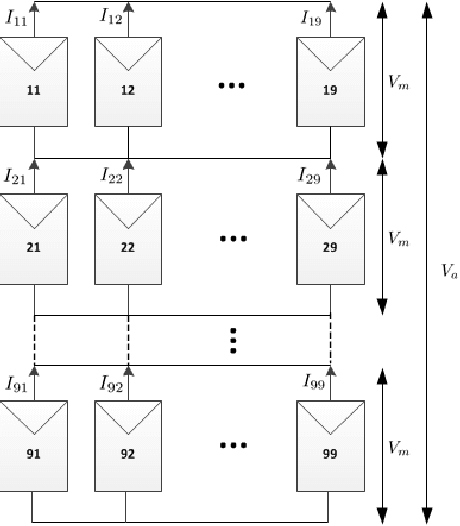
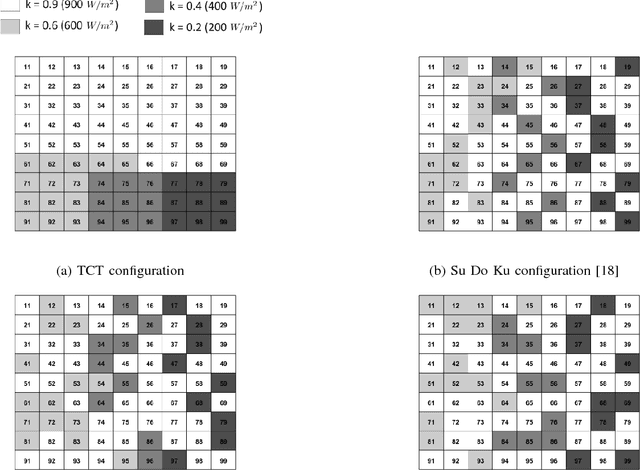
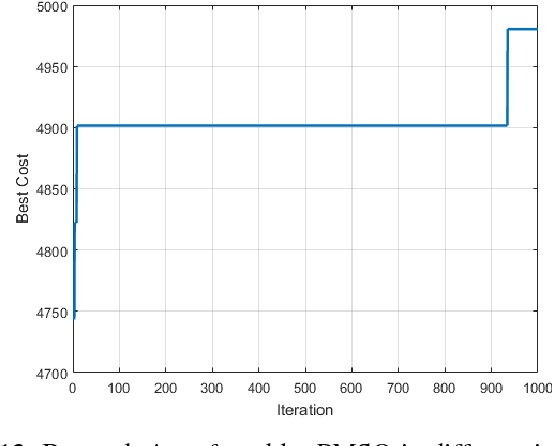
Abstract:Nowadays, metaheuristic optimization algorithms are used to find the global optima in difficult search spaces. Pontogammarus Maeoticus Swarm Optimization (PMSO) is a metaheuristic algorithm imitating aquatic nature and foraging behavior. Pontogammarus Maeoticus, also called Gammarus in short, is a tiny creature found mostly in coast of Caspian Sea in Iran. In this algorithm, global optima is modeled as sea edge (coast) to which Gammarus creatures are willing to move in order to rest from sea waves and forage in sand. Sea waves satisfy exploration and foraging models exploitation. The strength of sea wave is determined according to distance of Gammarus from sea edge. The angles of waves applied on several particles are set randomly helping algorithm not be stuck in local bests. Meanwhile, the neighborhood of particles change adaptively resulting in more efficient progress in searching. The proposed algorithm, although is applicable on any optimization problem, is experimented for partially shaded solar PV array. Experiments on CEC05 benchmarks, as well as solar PV array, show the effectiveness of this optimization algorithm.
 Add to Chrome
Add to Chrome Add to Firefox
Add to Firefox Add to Edge
Add to Edge